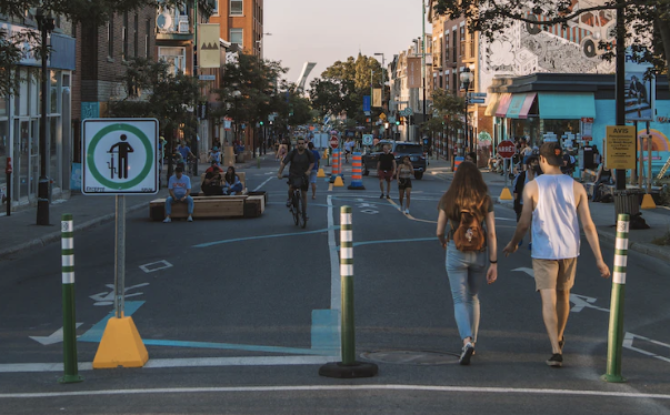From LA.Streetsblog.org
Prioritizing true first mile/last mile infrastructure isn’t somehow optional; it’s how your customers get to and from the transit stations.
Like many people around Los Angeles, I was excited about the opening of the Regional Connector. Like those of us who still drive sometimes (this is L.A., after all), but look for opportunities to do it less, the prospect of a better transit experience is an enticing one. I was driving one day from the Arts District to Union Station and noticed something odd. Construction was wrapping up around the new Little Tokyo Station, and with the barriers removed the basic geometry of the streets around it seemed the same as it was years ago. Remembering the walk across Alameda from the old station to Little Tokyo, I couldn’t understand why nothing was done in anticipation of the many new Metro riders who will surely be walking, biking, or connecting to buses at the new station.
In fact, things were supposed to be done: the $30 million Eastside Access Improvement Project, a package of bicycle and pedestrian improvements around Little Tokyo. At the 2021 groundbreaking ceremony, Metro CEO Stephanie Wiggins promised that the project would provide “more access, more connectivity, and a safer pedestrian environment than when we started Regional Connector construction so many years ago.”
Soon after I saw Streetsblog L.A. coverage that the bike lanes and other improvements that were promised, approved, and funded were severely cut back or not built at all, without any justification or apology. Think about all the steps that go into a typical public construction project: years of planning, approvals by various agencies, scoping, public outreach, bidding on construction contracts, procurement, clearances, construction, inspections, and final project acceptance. How can half of a $30 million project just vanish?
Photo by Jamshed Khedri on Unsplash
Read More






